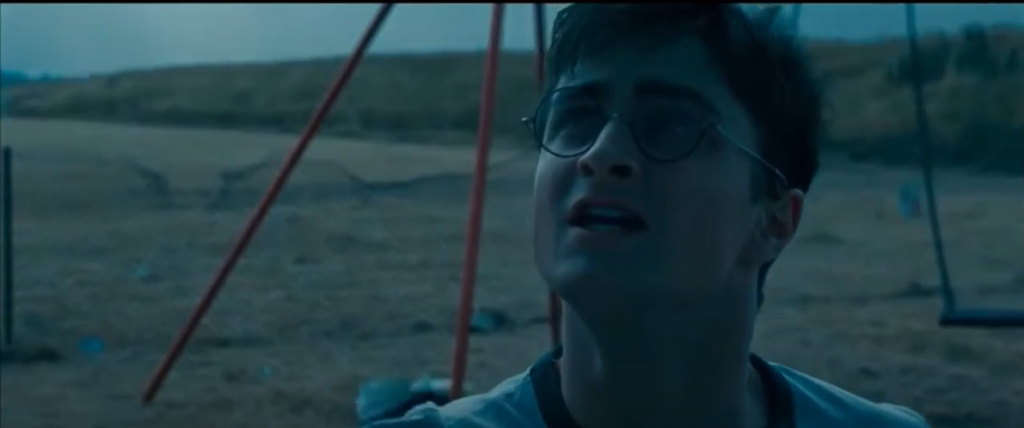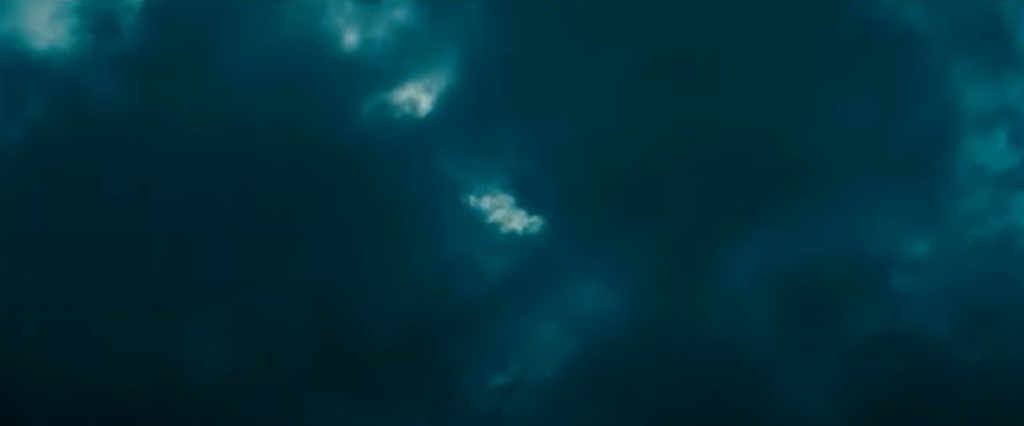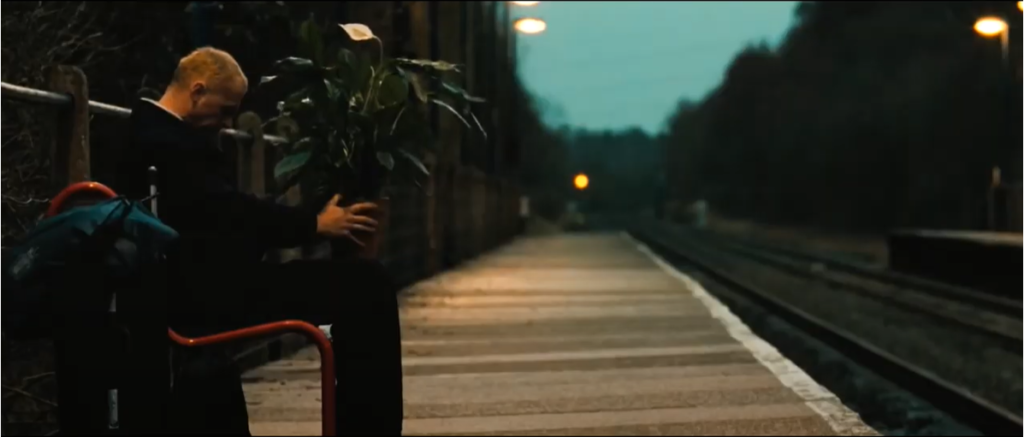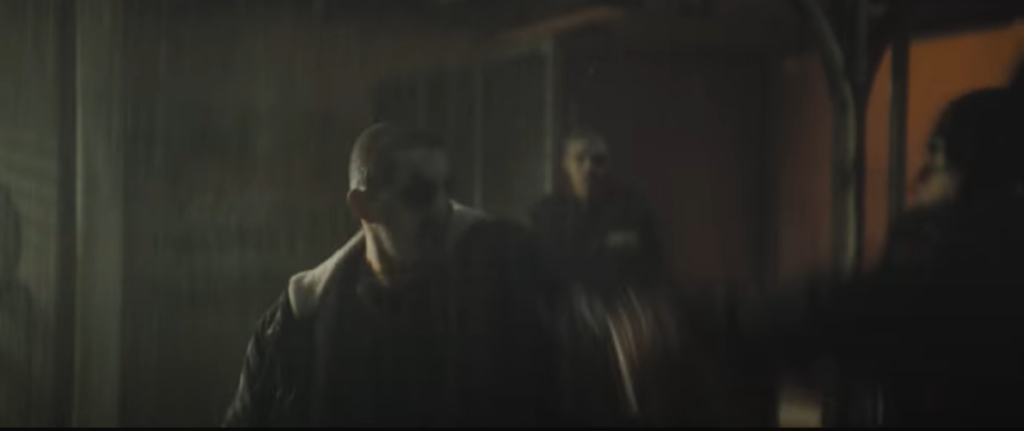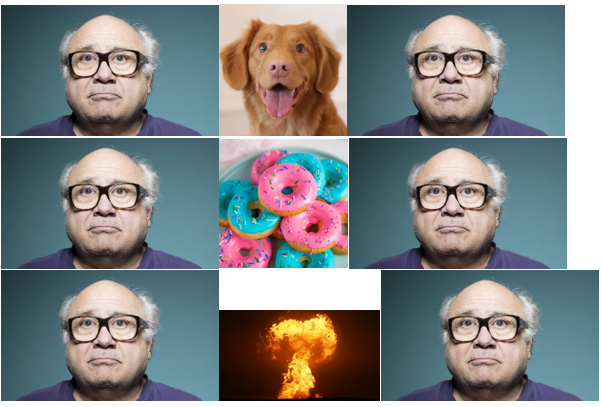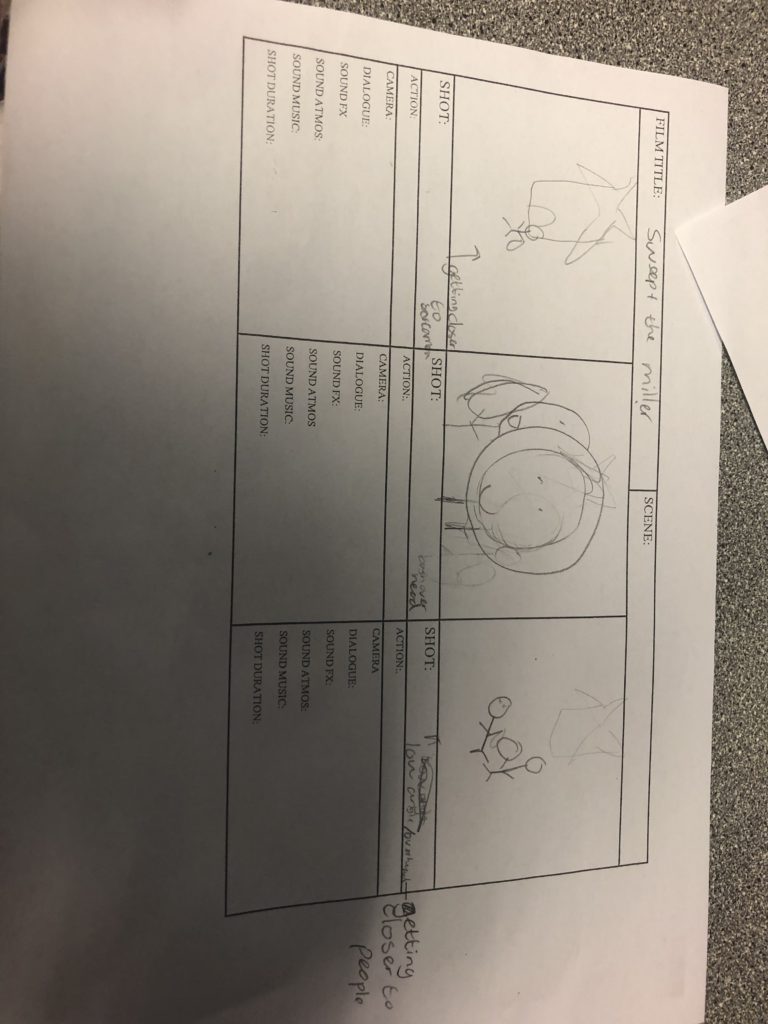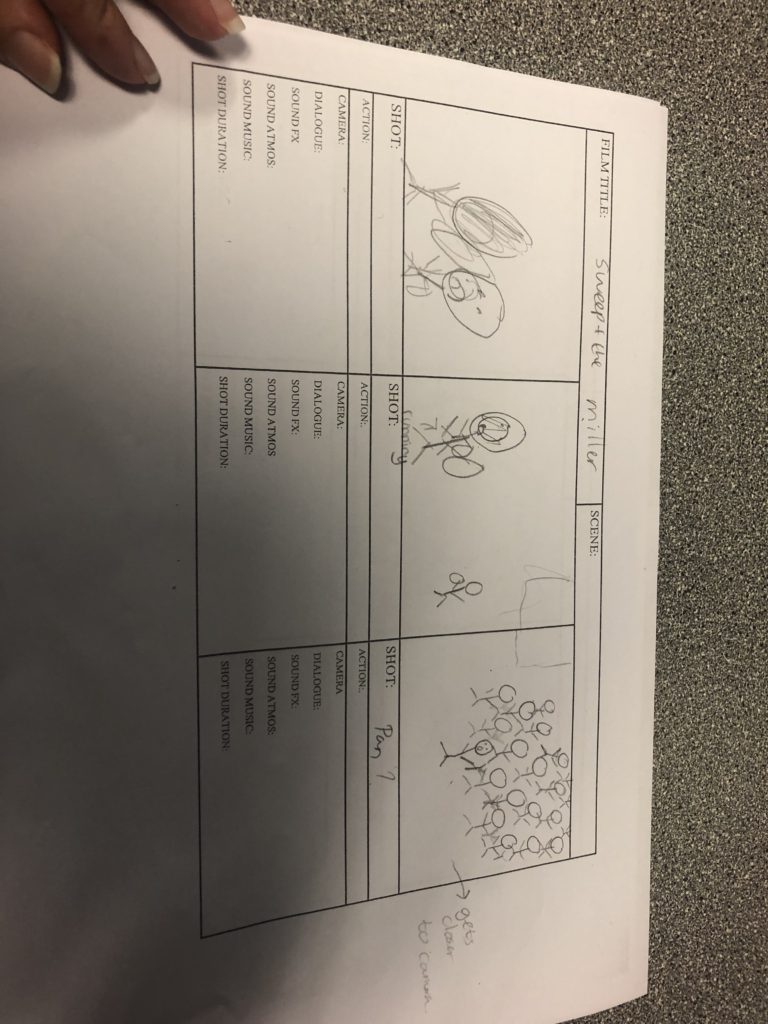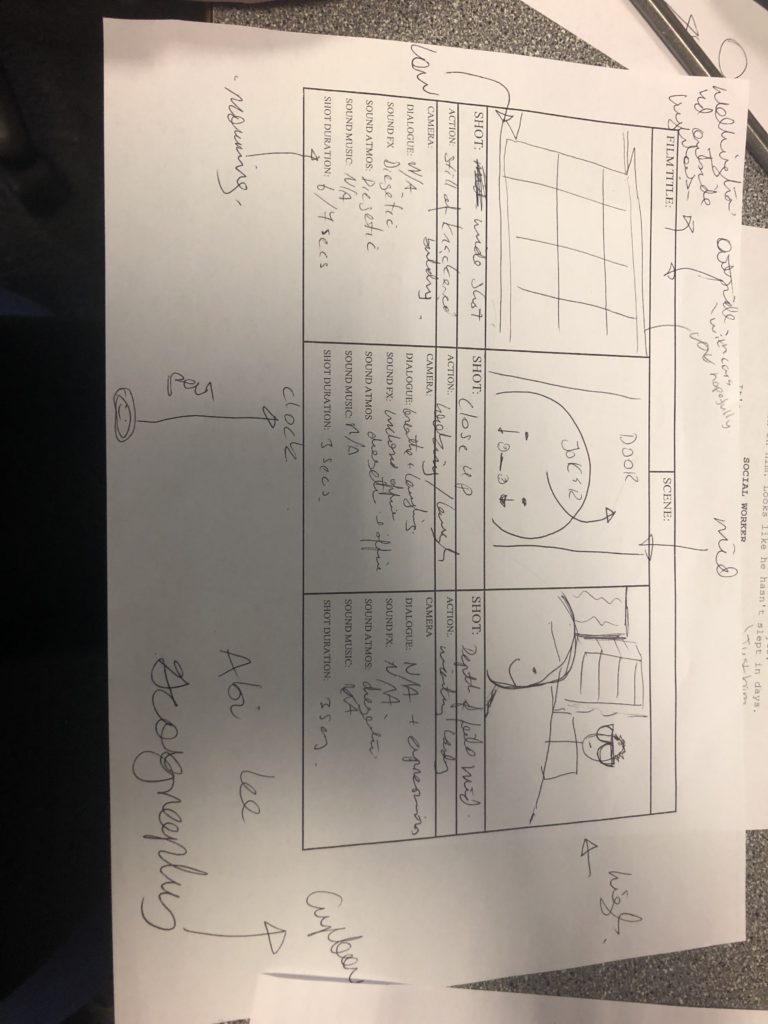Overall, I think for a first project our project was successful, with a good end result. We recorded plenty of reaction shots, so there was no need for us to do any reshooting, and over the two days we made sure the actors were wearing the same clothes.
However, there are things that I would do different to improve upon my next project,. For example next time I would check our shots more closely to see if they are in focus, as multiple of the shots I used had an actor out of focus. This is also a reason why we should have repeated more of the same shots, as well as the laughter and talking in the background of some shots, which were difficult to cut around and caused me to have one transition between shots that felt a little strange, as the laughter cut off immediately to the next shot.
Despite the few errors, I am happy with the project as a whole, as it includes a wide range of cinematography and editing techniques, such as close ups and camera movements, as well as match on action and J and L cuts, and I thought the end result was successful.
